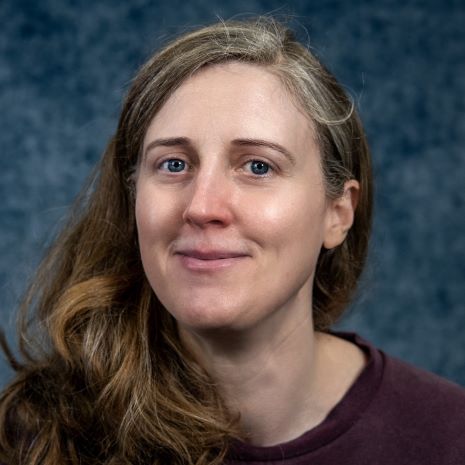
The University of Liverpool's Centre for Cell Imaging (CCI) is a world-class resource for imaging projects, a member of the UK Node of Euro-BioImaging and is listed in the Royal Microscopy Society national database.
The Centre provides researchers with a state of the art suite of custom-designed temperature-controlled rooms for optimal live cell imaging.
The facility’s next-generation equipment and resources are supported by experienced and knowledgeable technical specialists and renowned academics to help you make the most of your data.
Click here to access the full Centre for Cell Imaging Facility website
What you'll receive from our facility
- Our facility is equipped with the latest developments in microscopy. Support for the Centre include recent awards from the Medical Research Council (MRC) and the Biotechnology and Biological Sciences Research Council (BBSRC) that enabled the acquisition of more than £2 million worth of equipment
- All microscopes have temperature and gas control to maintain cells or organisms alive in their physiological environment
- Our facility staff are available to share their expertise in imaging non-biological samples such as hydrogels, cage nanocrystals and antibacterial surfaces
- We are also able to offer support in: Planning and study design; grant applications (preliminary data analysis, figure preparation, method development, data management planning and costings); analysis including method development, data acquisition, associated software training and support and dissemination including outreach and stakeholder support, manuscript preparation and data storage and curation
- Training is available including 1-to-1 hands-on at our facility, online training, group training or face to face workshops and pre-recorded training.
The equipment we offer includes:
- Several confocal microscopes
- Two spinning disk confocal microscopes
- Lightsheet microscope for 3D/4D imaging
- Several super-resolution techniques
- Atomic force microscopy combined with fluorescence (bioAFM)
- Total internal reflection fluorescence (TIRF)
- Specialist “F-techniques”, e.g. Fluorescence lifetime imaging microscopy (FLIM)
Medium and high throughput imaging systems.
Who can use our facilities
- University of Liverpool academic staff
- Researchers from other universities
- Industrial research partners.
We have been recently selected along with another six leading institutions to form the UK Node of Euro-Bioimaging, making it easy for international users to access and book our resources. The CCI works in close collaboration with the Biomedical Electron Microscopy unit and the Centre for Pre-clinical Imaging to enable the best imaging solutions across scales.
What Cell Imaging can be used for
We specialise in a range of microscopy techniques including confocal, epifluorescent, lightsheet, high-content, atomic force and super-resolution light microscopy, as well as having expertise in post-acquisition analysis.
All of our systems can be set to maintain sample CO2, temperature and humidity with some of them capable of maintaining low O2 for hypoxic studies.
The whole of the facility is classed as a containment level 2 (CL2) laboratory space and can cater for biological samples up to hazard group 2 (HG2), pending receipt of a health and safety office approved risk assessment.
Our capabilities include:
- High quality imaging of fixed samples in 2D/3D
- Automated, long-term live cell imaging with environmental control
- Super resolution imaging including Lattice SIM2, PALM/STORM, SRRF, SOFI
- Deep tissue imaging and second harmonic generation (multiphoton)
- Imaging across scales from single molecule to cells and model organisms
- Phase contrast, dark field, oblique and phase gradient imaging of transmitted light
- Image analysis and support with state-of-the-art software packages and an on-site image analyst
- Omero server for data management.





